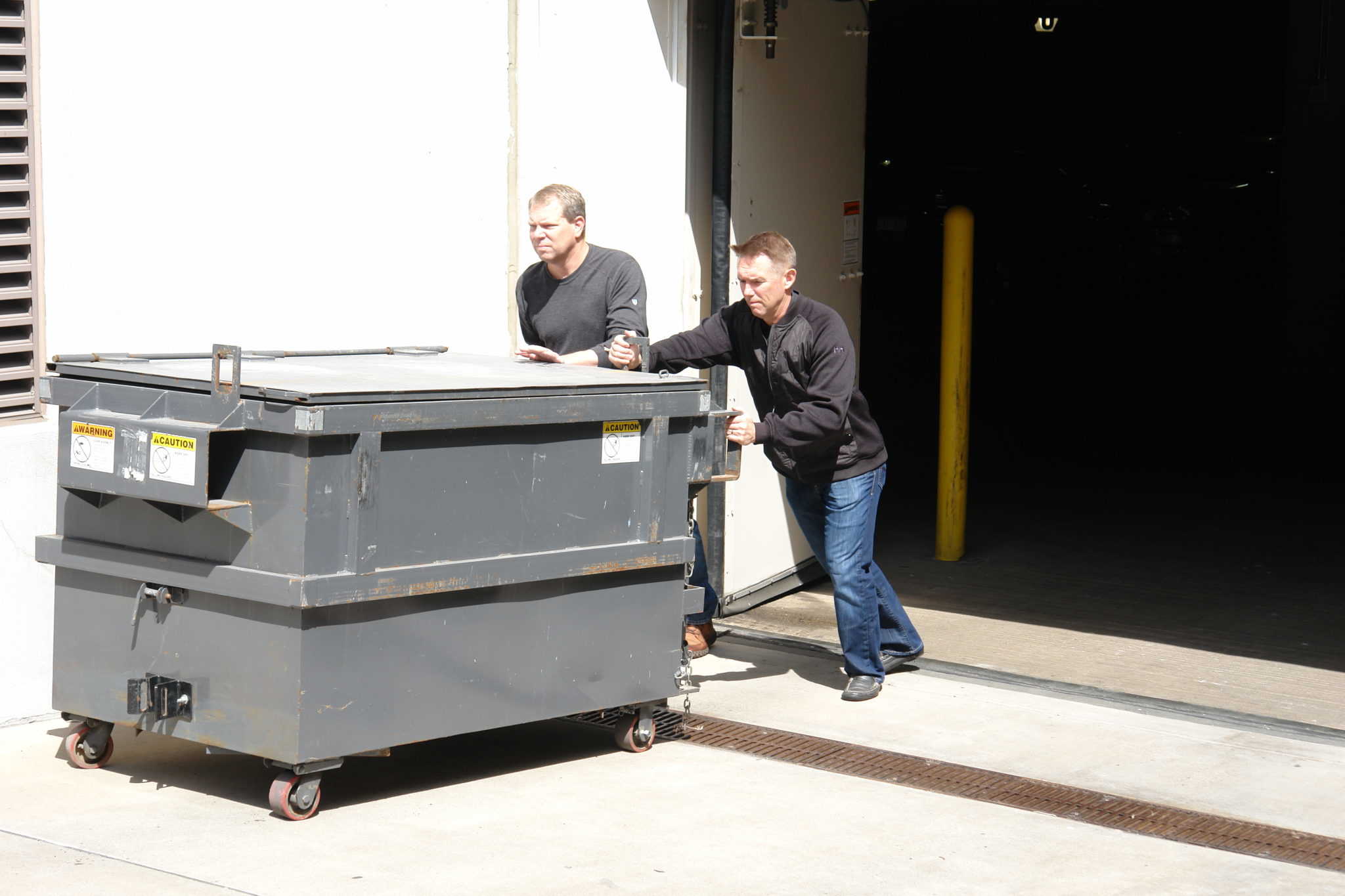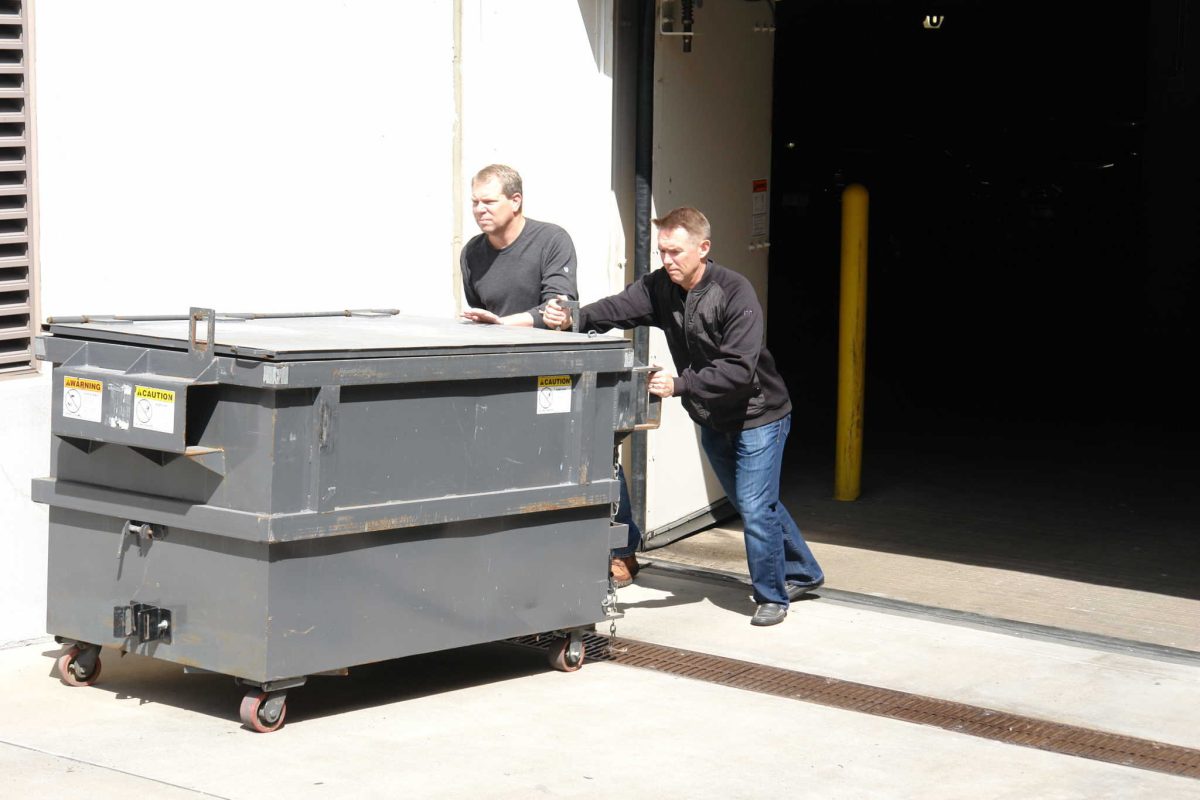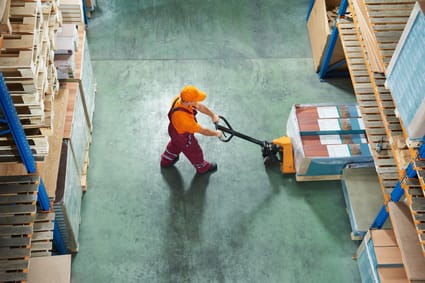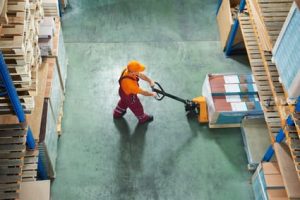 If you need your employees to move a dumpster, there’s always a risk of injury. Without a dumpster pusher, it’s important to understand how to safely maneuver the dumpster without causing any physical strains or injuries.
If you need your employees to move a dumpster, there’s always a risk of injury. Without a dumpster pusher, it’s important to understand how to safely maneuver the dumpster without causing any physical strains or injuries.
To help, we would like to share some safe lifting tips with you. Here are some guidelines in the event that you aren’t sure how to keep yourself or your employees protected during heavy moves.
DJ Products Offers These Safe Lifting Tips
Preventing injury is often easy once you know the proper techniques. If you don’t have a dumpster pusher in house, you should focus on these safe lifting tips:
- Take a moment to think about the move before you start.
- Try to keep the weight as close to your waist as possible.
- Find a stable position to stand before attempting the lift.
- Make sure you have a tight hold on the load.
- Lift with your legs. Avoid lifting with your back.
- Don’t twist your body when you lift.
- Look ahead and keep moving smoothly.
- Don’t lift more than you can handle.
- Put the load down and then make any necessary adjustments.
The Benefits of a Dumpster Pusher
A dumpster pusher offers your business so many great benefits. It can significantly cut down on the manpower it takes to move a dumpster. Also, you may find that the number of injuries your business reports each year will show a marked decrease. For some employers, after reviewing their workers comp claims, they discovered that a high number of injuries were due to moving dumpsters.
We’d love to know how we can help you. Contact us!




